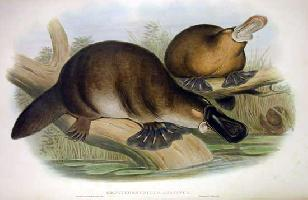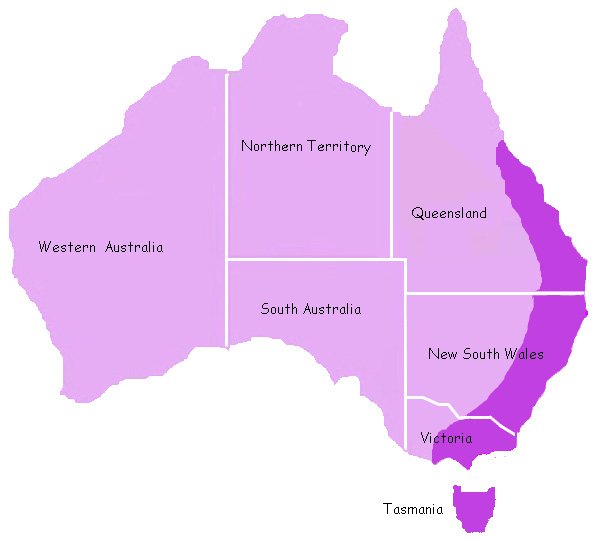
Greutăți și măsuri
| Lungime | de la 30 la 40 cm |
|---|---|
| Lungimea cozii | de la 8 la 15 cm |
Date biologice
| Numărul de pui | 2 - 3 |
|---|
Descrierea animalului
The platypus (Ornithorhynchus anatinus) is a highly unique and fascinating mammal indigenous to eastern Australia, including Tasmania. Belonging to the monotreme family, which includes only five existing species (the platypus and four species of echidnas), it represents a rare category of egg-laying mammals, providing a living link to the early stages of mammalian evolution.Physically, the platypus presents an unusual array of features that seem borrowed from various animals, a characteristic that initially led European naturalists to believe it was a hoax. It has a duck-like bill, webbed feet, and a beaver-like tail, combining traits of birds, reptiles, and mammals in a way that is unique in the animal kingdom. The male platypus is also one of the few venomous mammals, possessing a spur on the hind foot that can deliver a painful injection of venom, primarily used in competition with other males during the breeding season.
The body of the platypus is covered in dense, waterproof fur that provides excellent insulation, allowing it to maintain its body temperature while hunting in cold water. Its coloration, brown on the back and white or cream on the underside, helps in camouflage. The platypus is a relatively small mammal, with males generally larger than females, but the average length from head to tail is about 50 centimeters (20 inches).
One of the most distinctive features of the platypus is its bill, which is not hard like a bird's beak but rather a soft, flexible organ packed with sensors. These electroreceptors are used to detect movements of prey underwater, as the platypus closes its eyes, ears, and nose when submerged. This electrolocation, along with sensitive mechanoreceptors, allows the platypus to hunt effectively, feeding on insects, larvae, shellfish, and worms in the murky waters of rivers and streams.
The reproductive strategy of the platypus is as unusual as its appearance. Females lay one to three eggs and incubate them by curling around them in a burrow dug into the riverbank. After about ten days, the eggs hatch, and the tiny, vulnerable offspring feed on the mother's milk, which is secreted through pores in the skin as platypuses lack nipples. The young platypuses, or puggles, are weaned after about four months.
Habitat destruction, water pollution, and competition from invasive species like the red fox pose significant threats to the platypus population. While currently not considered endangered, its status could quickly change if these environmental pressures are not managed carefully. Conservation efforts are crucial to ensuring the survival of this remarkable species, which continues to fascinate scientists and the public alike with its odd appearance and unique behaviors.
The platypus remains an emblem of Australia's diverse wildlife and serves as a reminder of the evolutionary past shared by all mammals. Its existence challenges our understanding of natural history and taxonomy and underscores the importance of preserving biodiversity.
Harta răspândirii

Animale similare
Fotografii noi cu animale
Top 10 animale
- Dolphin gull (Leucophaeus scoresbii)
- Diana monkey (Cercopithecus diana)
- Moustached guenon (Cercopithecus cephus)
- Galápagos tortoise (Geochelone nigra complex)
- Russian tortoise (Testudo horsfieldii)
- Stone loach (Barbatula barbatula)
- Japanese macaque (Macaca fuscata)
- Greek tortoise (Testudo graeca)
- Common flying dragon (Draco volans)
- Vendace (Coregonus albula)
